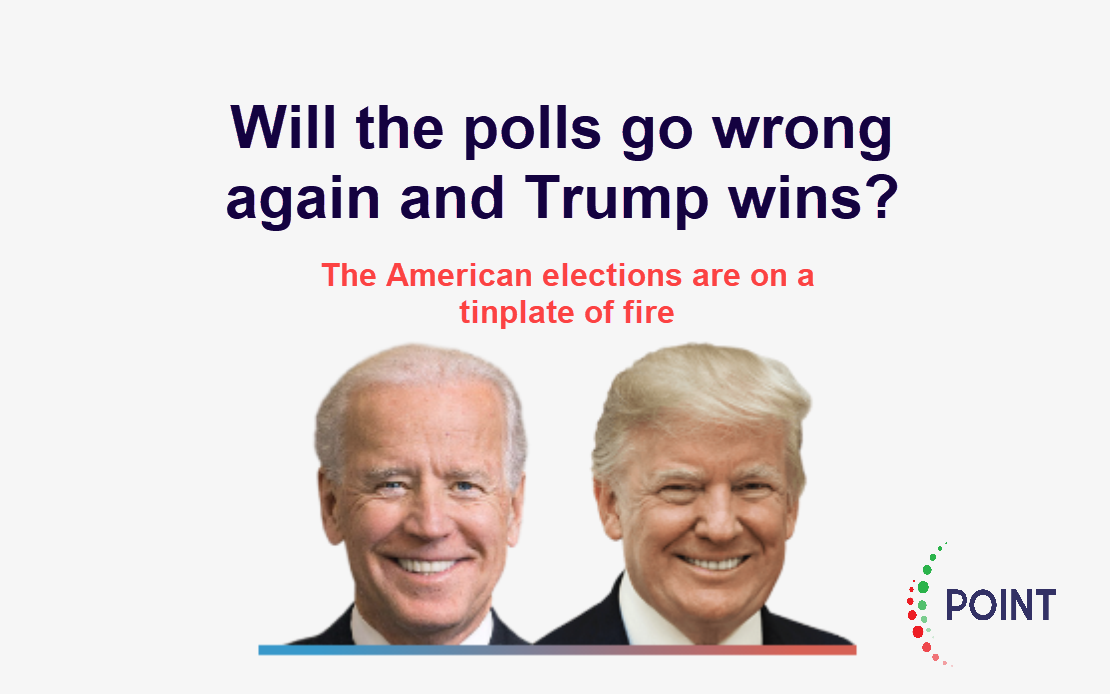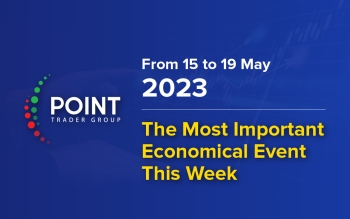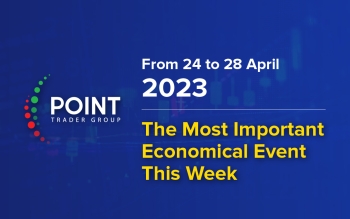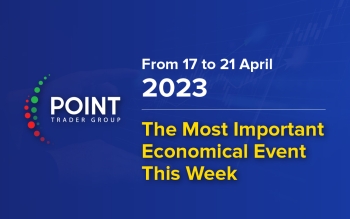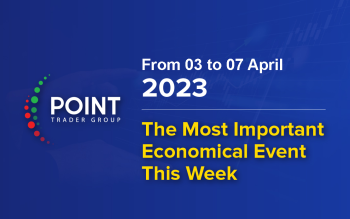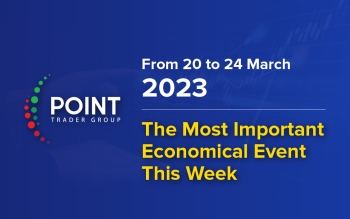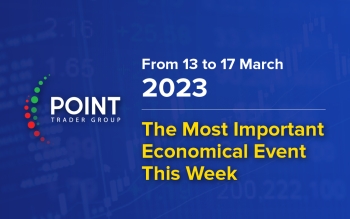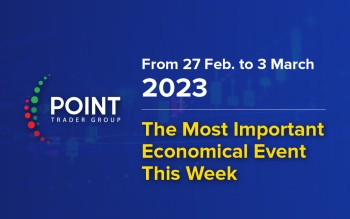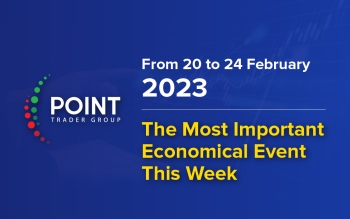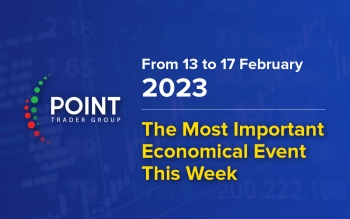Will the polls go wrong again and Trump wins?
Opinion polls indicated then-candidate Donald Trump did not win in 2016, and they are also far from reality in 2020 - a common response to the president being late in the polls.
History may repeat itself ... Here's why ..
What happened in 2016?
In 2016, final polls showed Democratic candidate Hillary Clinton ahead of Trump by nearly 5% nationally in the final days before the vote. The actual score was a 2% gap in favor of the former first lady - within the margin of error.
About 20% of voters did not like both candidates, 45% of whom chose Trump and only 30% for Clinton. James Comey, director of the FBI, announced that it is reopening an investigation into the emails of the former Secretary of State ten days before the vote - which could make a difference.
Seven reasons why 2020 is different
1) A Bigger Gap: According to RealClearPolitics, ex-Vice President Joe Biden is leading 9% nationally. The gap is 3.4% as of mid-October.
2) Fewer Voters: Back in 2016, support for Clinton had peaked below 47%. This time, Biden's support was above 50% with fewer voters. There are fewer people who could compete with Trump. Biden - who enjoys very positive ratings - has 51.3% support at the time of writing.
3) Poll errors go in both directions: It is easier to compare it to 2016, when the president shocked the world with his victory, but if we look back at history it appears that polls can be missed in both directions. Back in 2012, surveys underestimated President Barack Obama by around 4% nationally, and government polls also missed Democratic support. Unfortunately in the style of 2012, Biden has an even greater advantage.
4) Respondents learned that: The companies polling the public need to defend their reputation towards the upcoming elections and earn income from commercial companies. They won't want to repeat exactly the same mistakes - and may even overcompensate and underestimate the potential candidate's loss for Biden.
Learners are better considered in surveys, which try to calculate the proportion of people without a college degree to vote correctly. Likewise, in 2020, there are more high-quality polls across the United States and especially the places most affected by this election.
FiveThirtyEight and The Economist see Pennsylvania as the turning point. The same goes for the other major states.
5) The gap between states and the national vote is smaller this time: Even the most ardent Trump supporters do not believe he can win the popular vote, but they base their hopes on an electoral college victory. And while the aforementioned Keystone state shows a smaller projected gap against Trump - 6.3% according to FiveThirtyEight - it is above the margin of error.
Biden advanced stronger in Nevada, Wisconsin, Michigan, and Minnesota. Moreover, the competitor is also advancing in several additional states such as Florida, Arizona and North Carolina. If he wins them, it will be a powerful tornado.
6) Trump voters are not ashamed: With a strong - and growing - advantage in opinion polls, some assume those surveyed are lying to the pollsters or shy away from saying they support Trump. First, this contradicts the reports of banners in the square supporting the president, nor the enthusiasm in his rallies.
Moreover, polls conducted by Siena / New York Times College in Michigan and Wisconsin - which along with Pennsylvania in the 2016 race for Trump - showed that Biden is profiting from defectors from the president's camp. Respondents on the two major battlefields said they voted for Trump and now Biden. If they are willing to admit the president's support, they are not shy.
7 (The October Surprise? Trump and Biden are set to meet for the second and final debate on October 22, and this may be the president's best chance to regain support. He faces an uphill battle because of his time running out, and the fact that millions have already voted.
Could something like Comey's speech happen again? Anything is possible, but so far Biden has not commented. The Trump campaign tried to question the former vice president's mental faculties, his being weak towards China, and false accusations of his son's wrongdoing, but nothing worked.
With the recent spike in European COVID-19 cases and the focus on US policy, it's easy to forget that infections are on the rise in the US as well. After its peak in summer in hot southern states, disease is most common in colder states. This is not the "October surprise" as indoor spaces are known to be the best breeding ground for the virus, whether air-conditioned or heated.
Contagion in the North could pave a minority of voters against Trump.
Conclusion and what to focus on
Overall, polls indicate a high probability that Biden will overtake Trump, which is reflected in FiveThirtyEight at 88% and The Economist at 91%.
As indicated above, there is no good reason to doubt the polls.
The fight over the Senate is much closer, with FiveThirtyEight giving Democrats a 73% chance and The Economist giving 74%
As the coronavirus crisis continues to hit the economy hard, markets are focusing on the next stimulus package.
Talks about new relief are unlikely to yield results as the vote approaches. Trump broke off talks with the opposition only to see shares drop and quickly return to the negotiating table. However, he left House Democrats with more clout and also discovered that Republicans in the Senate have rediscovered their financially conservative roots.
If the Democrats win the Senate, they will approve a big package, but if the Republicans stick to the House, chances are they will get only slight support, which makes a difference to investors.
Therefore, unless there is a major shift toward Trump, the Senate polls may become even more important.


 English
English


